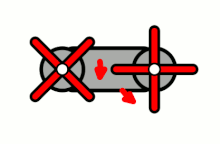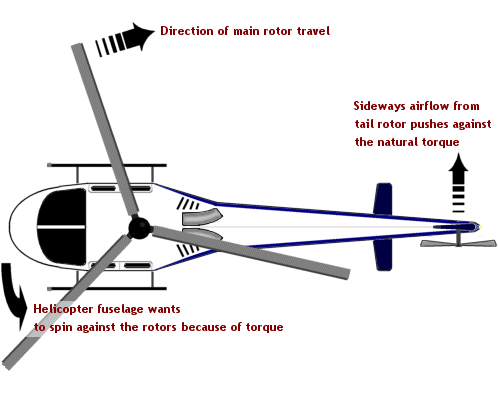Groundpounder
En-Route
- Joined
- Jan 27, 2013
- Messages
- 2,852
- Location
- New Hampshire
- Display Name
Display name:
Emerson Bigguns
Is there a significant difference in how a tandem rotor helicopter (CH-46 or 47) flies versus a conventional helicopter?
Are the flying characteristics any different?
The main rotors turn in opposite directions cancelling out each others torque effects on the aircraft. Same as with coaxial and inter-meshing type rotor systems.Are there any torque effects, since there are two rotors?
Not that I've heard, but was told they auto a bit faster than smaller conventional helicopters. However, don't know that personally.Anything different with auto rotations?

Yes but not so much different. Just as a conventional helicopter changes directions with the M/R cyclic the tandem does the same thing except in the yaw axis each M/R tilt opposite each other and drive both ends around. FYI: a T/R usually only comes into play in a hover, low speeds, and certain flight maneuvers.I'm assuming because there's no tail rotor, getting the thing to change direction is different.
Gotta love all the non rated rotorcraft types chiming in with snarky replies. PoA at it's finest.
Anyway,
On a single rotor helicopter, we have what's called translational tendency.

Of course on a dual rotor helicopter this would not be the case since each rotor cancels out the torque.

Since all the power in the tandem rotor helicopter can be used for lift, versus the single rotor which must give up some of it's power to the anti torque device (tail rotor), the dual rotor will be better at lifting. Plus, in a single rotor, depending on wind direction and speed, plus humidity and weight, the amount of tail rotor needed will reduce MR torque available.
Yes but not so much different. Just as a conventional helicopter changes directions with the M/R cyclic the tandem does the same thing except in the yaw axis each M/R tilt opposite each other and drive both ends around. FYI: a T/R usually only comes into play in a hover, low speeds, and certain flight maneuvers.
Makes perfect sense. Flying a largish RC in a smallish field I never really did a lot of fast forward flight.Yes but not so much different. Just as a conventional helicopter changes directions with the M/R cyclic the tandem does the same thing except in the yaw axis each M/R tilt opposite each other and drive both ends around. FYI: a T/R usually only comes into play in a hover, low speeds, and certain flight maneuvers.
Watching a CH-46 ship to ship unrep is like watching art in motion.
